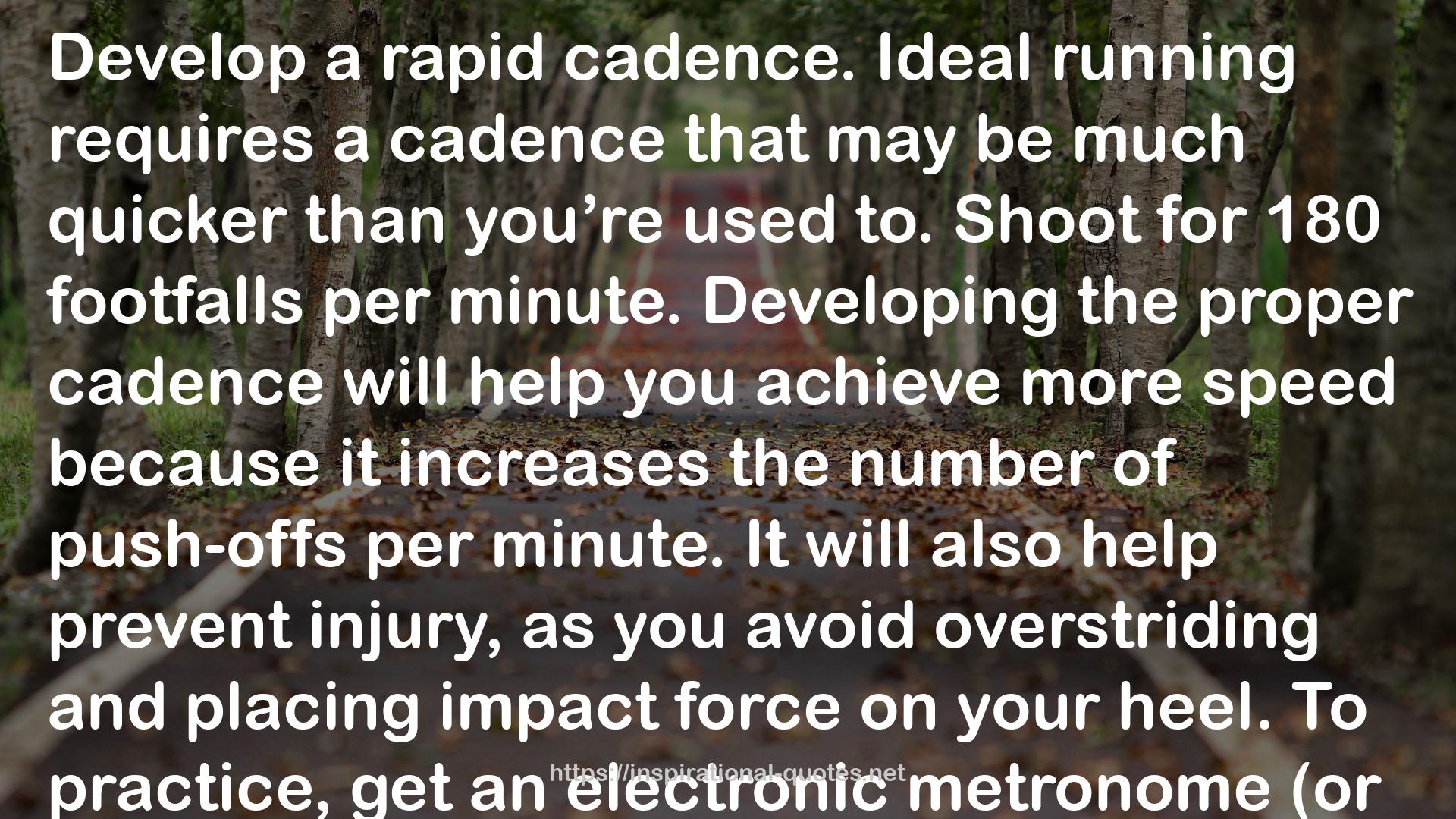Unbreakable Runner: Unleash the Power of Strength & Conditioning for a Lifetime of Running Strong QUOTES
 Unbreakable Runner: Unleash the Power of Strength & Conditioning for a Lifetime of Running Strong
Unbreakable Runner: Unleash the Power of Strength & Conditioning for a Lifetime of Running Strongdetail
SOME WORKS
- Signature Kill (Frank Behr #4)
- Hellsing, Vol. 8 (Hellsing, #8)
- Hellsing, Vol. 9 (Hellsing, #9)
- Hellsing Anime Manga: Impure Souls Volume 1
- Hellsing, Vol. 5 (Hellsing, #5)
- Hellsing, Vol. 10 (Hellsing, #10)
- Just Between You and Me: A Novel of Losing Fear and Finding God
- I'm So Sure (The Charmed Life, #2)
- Blood and Salt (Blood and Salt, #1)
- Eve Green
